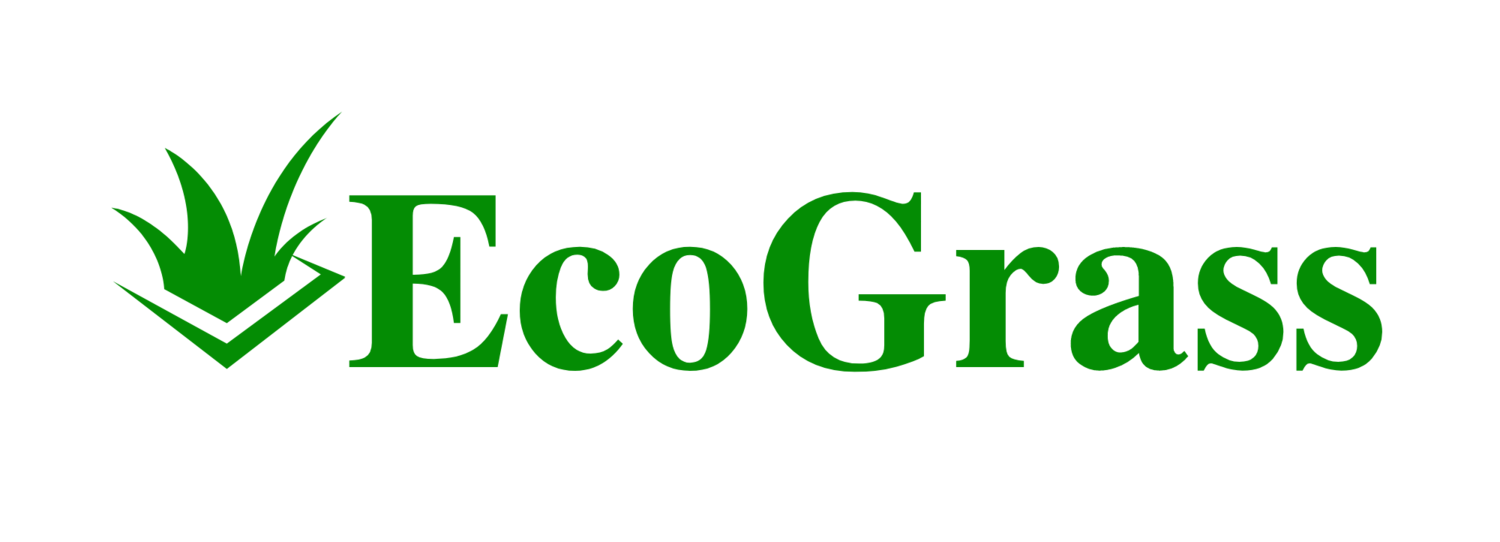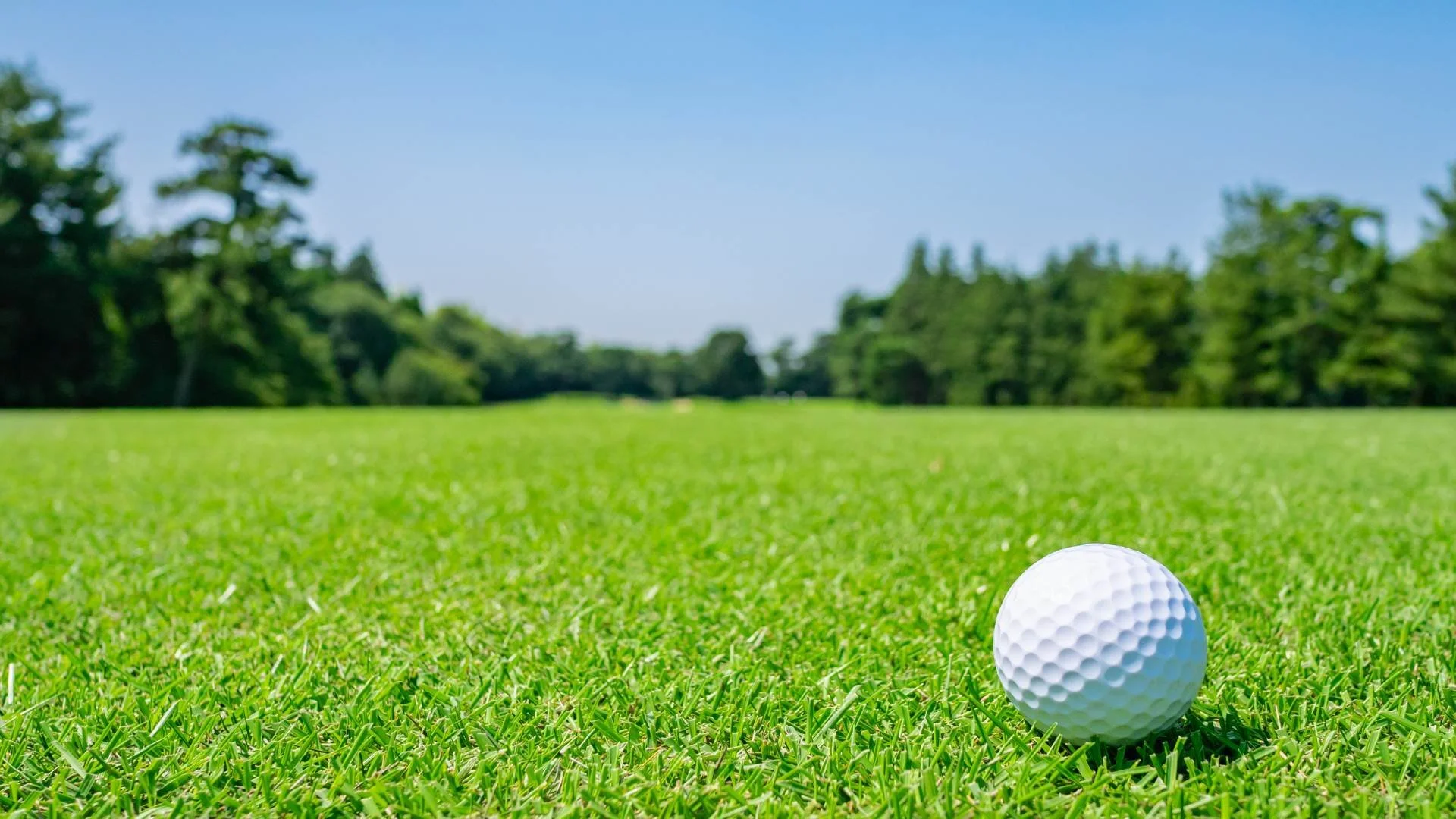When you plan a new landscape or revamp an existing outdoor area, you often come across the pivotal question: Artificial Turf vs. Mulch: Which Is Better? You want a beautiful, practical, and sustainable solution that complements your lifestyle without overwhelming your budget or sacrificing visual appeal. To help you make an informed choice, you’ll explore the benefits and challenges of artificial turf and mulch, compare them based on specific factors, and discover which one fits your needs.
Below, you’ll find an in-depth look at why both artificial turf and mulch are popular solutions. You’ll learn about cost, maintenance, environmental impact, child- and pet-friendliness, and key points to consider before making a final decision. By the end, you’ll have a clear idea of what works best for your outdoor space.
Why Compare Artificial Turf and Mulch?
Landscaping elements do more than look pretty. They influence soil quality, manage weed growth, support water conservation, and enhance curb appeal. As you decide between artificial turf and mulch, you might feel torn about which is truly better for your needs. Both options have distinct advantages that can save you time and money. Yet, each brings its own set of considerations regarding durability, upkeep, and overall appearance.
Artificial turf has gained traction as a low-maintenance alternative to natural grass, often used for lawns, playgrounds, and dog runs. Mulch, on the other hand, is a broad category that might include organic options such as wood chips or bark as well as recycled rubber mulch. By diving into their unique qualities, you can determine the perfect balance for your lifestyle and priorities.
Understanding Artificial Turf
Artificial turf is a synthetic surface crafted to look and feel similar to natural grass. You’ll often see it on sports fields, but it has also become increasingly common in residential and commercial landscapes. Here’s what makes artificial turf an appealing choice:
Minimal Water Usage
One of the strongest arguments for choosing artificial turf is water conservation. With drought conditions and water restrictions in many areas, you might prefer a yard that doesn’t need constant watering. Artificial turf can cut your outdoor water use significantly compared to natural grass or some mulch types that might require occasional misting to maintain moisture for plant roots.Low Maintenance
You don’t have to mow, fertilize, or water artificial turf, making it a time-saver. Aside from cleaning off debris or occasional brushing to keep the fibers upright, maintenance demands remain low. If you lead a busy life or simply want a hassle-free yard, artificial turf can free up your weekends from yard work.Consistent Appearance
Artificial turf provides that lush green look all year round. You won’t see bald patches, muddy areas, or discolored spots from pet urine. If having a pristine lawn is a priority, you’ll appreciate how artificial turf keeps its color and shape regardless of the season.Longevity
The lifespan of quality artificial turf can stretch anywhere from eight to fifteen years, depending on usage and upkeep. When you factor in the savings on water bills, fertilizers, and lawn services, artificial turf can become a strong long-term investment.Safety and Cleanliness
Many artificial turf products are designed with safety in mind, offering cushioning layers to reduce impact during falls. You’ll also find that synthetic grass doesn’t attract as many pests, making it a cleaner surface for play areas.
However, artificial turf does come with a few caveats you should consider:
Upfront Cost: Installing artificial turf can be expensive. From site preparation to the turf material itself, the initial investment may exceed that of mulch or even natural sod.
Heat Retention: Synthetic materials often absorb and radiate heat. If you live in a hot climate, your turf surface might feel uncomfortably warm on a sunny day.
Environmental Impact: Although you save water, artificial turf is typically made from plastics. This synthetic aspect raises concerns about its eventual disposal and overall footprint.
Understanding Mulch
Mulch is a staple in landscaping for good reason. It comes in various forms, from traditional wood chips to rubberized mulch made from recycled tires. If you favor natural-looking garden beds or want to foster a more organic environment, mulch might be your go-to option. Here’s why:
Weed Suppression and Soil Health
Mulch creates a protective barrier over the soil that helps keep weeds at bay. With less sunlight reaching weed seeds, you won’t have as many sprouts to deal with. If you opt for organic mulches (wood chips, bark, straw), they gradually decompose and enrich your soil, improving its structure over time.Temperature Regulation
Mulch helps insulate the soil, keeping roots cool during summer and warm in winter. This makes a major difference if you have delicate shrubs, flowers, or trees that rely on a stable root environment.Moisture Retention
When it comes to water management, mulch wins if you want to maintain healthy plant beds. It reduces evaporation and ensures roots stay hydrated, leading to robust growth and vibrant blooms.Cost-Effective
Mulch is often more budget-friendly than artificial turf. While certain premium or decorative mulches can be pricier, most wood-based mulch is relatively inexpensive. You can even source natural mulch for free if you have access to fallen leaves or wood chips from local tree services.Natural Look
Mulch blends seamlessly with garden beds, pathways, and other landscaping features. You’ll maintain a naturally earthy feel that complements most plants and outdoor designs.
Still, you’ll have some practical factors to weigh:
Maintenance Needs: Mulch typically needs replenishing every year or two to stay effective. Organic mulch breaks down over time, and even rubber mulch can scatter or shift with heavy rain or wind.
Mess Factor: If you’re using mulch in high-traffic areas or playgrounds, it can track into your home or yard. Pieces of mulch might get kicked onto sidewalks or patios, requiring frequent sweeping or raking.
Limitations on Appearance: While mulch looks great in garden beds, it might not be the ideal choice if you’re envisioning a lush “lawn-like” area for play or sports.
Artificial Turf vs. Mulch: Key Considerations
1. Cost and Installation
Artificial Turf: You face a notable upfront cost for materials and professional installation. However, once installed, you’ll spend far less on maintenance, eliminating recurring costs such as watering, mowing, or fertilizing.
Mulch: The cost of mulch is generally lower, and you can manage installation yourself. But keep in mind that you’ll need to refresh your mulch periodically, which can add up over time.
2. Maintenance and Longevity
Artificial Turf: Maintenance involves regular rinsing or brushing to remove debris. With proper care, synthetic grass can last well over a decade.
Mulch: In addition to yearly or bi-yearly top-ups, you’ll remove scattered pieces and weeds that sometimes pop through. Organic mulch breaks down, so expect to replace it more frequently.
3. Aesthetic Preferences
Artificial Turf: Offers a perpetually green, manicured look that’s attractive if you desire a year-round lawn. If you like an immaculate and uniform appearance, artificial turf delivers it reliably.
Mulch: Provides a more natural, earthy appeal. If you prefer texture contrasts and organic tones, mulch can highlight your plants and shrubs.
4. Environmental Impact
Artificial Turf: Although you’ll conserve water, consider the production and disposal of synthetic materials. Many turf products are petroleum-based, and end-of-life recycling can be tricky.
Mulch: Organic mulch recycles natural materials back into the soil. However, certain mulches may still use dyes or come from unsustainable sources. Rubber mulch repurposes old tires, but some worry about potential toxins leaching into the soil.
5. Pet and Child Friendliness
Artificial Turf: The cushiony surface is easy to clean and typically free of pests. Yet, in hot temperatures, the turf can become too warm for tender paws or bare feet.
Mulch: Most wood-based mulches are safe for kids and pets but can sometimes hide sharp bark edges. Small mulch pieces might stick to clothes or fur. If you consider rubber mulch, check that it meets safety standards and won’t pose an ingestion risk.
Which Option Fits Your Lifestyle?
You Want a Low-Maintenance, Year-Round Lawn
Artificial turf might be your ideal solution. If you like to see a vibrant green lawn no matter the season and you’re tired of mowing, watering, and fertilizing, synthetic grass removes those tasks from your to-do list.You Love the Organic Look and Feel
If you prize natural textures, mulch might be better for you. It supports soil health, keeps your garden beds looking fresh, and can be more cost-effective upfront. You’ll likely find it easier to “tweak” or update your landscape design by adding or removing mulch as needed.You Have Pets or Kids Constantly at Play
Artificial turf often wins for high-traffic play areas. It’s durable, easy to clean, and comfortable underfoot (as long as you’re mindful about heat). If your priority is an open play area, you might prefer synthetic grass. However, mulch in garden beds can still be perfect around the edges of a yard.You Want an Eco-Conscious Solution
This decision depends on how you value water conservation versus synthetic materials. Artificial turf conserves water but may introduce plastic waste at the end of its life cycle. Organic mulch breaks down over time, improving the soil, but it might require regular replenishment. Rubber mulch repurposes old tires, yet you’ll need to research any potential safety or environmental concerns.
Potential Compromise: Combining Artificial Turf and Mulch
There’s no rule stating you must pick one or the other exclusively. In fact, you can enjoy the advantages of both by blending artificial turf and mulch in your design. For instance, you might install artificial turf in high-traffic zones or play areas to keep the green look intact. Meanwhile, use mulch around flower beds, tree bases, and garden pathways to nourish plant roots and maintain a natural vibe.
This hybrid approach might address all your concerns—durability for active areas, a softer aesthetic around plants, water conservation, plus some soil benefits. By incorporating both, you’ll create a multifaceted landscape that’s visually appealing, easy to maintain, and friendly for family members of all ages (including the furry ones).
Your Landscaping Choice Awaits
Ultimately, when weighing Artificial Turf vs. Mulch: Which Is Better?, the answer comes down to your unique preferences and demands. You can choose artificial turf if you’re searching for a pristine, low-maintenance lawn that conserves water and stands up to heavy use. Alternatively, go for mulch if you favor a more natural setting, want to boost soil health, and appreciate the cost savings on installation.
Regardless of your choice, focus on long-term value and overall satisfaction. You’ll discover that investing time to explore each option’s benefits and drawbacks will guide you toward creating an outdoor space that fits your vision. Whether you opt for synthetic grass, mulch, or a combination of the two, your landscaped haven can deliver both function and aesthetic pleasure for years to come.
Bringing It All Together
Choosing a primary ground cover for your yard isn’t always straightforward—you’re juggling cost, maintenance, appearance, and environmental factors. Yet, the end goal remains the same: a beautiful, functional space you’ll love. As you compare artificial turf and mulch, it’s essential to prioritize what matters most to you. Think about the time you have for yard care, the climate in your area, and how you or your family plan to use the space day-to-day.
You’re in charge of shaping your outdoor environment, and neither artificial turf nor mulch is a one-size-fits-all solution. Each has unique benefits, from the consistently green appearance of turf to the natural, soil-enriching qualities of mulch. Consider combining both elements to maximize utility and style. The power to create the perfect balance is in your hands. Now, you can take that next step confidently—installing the ground cover that suits both your lifestyle and your sense of design.

